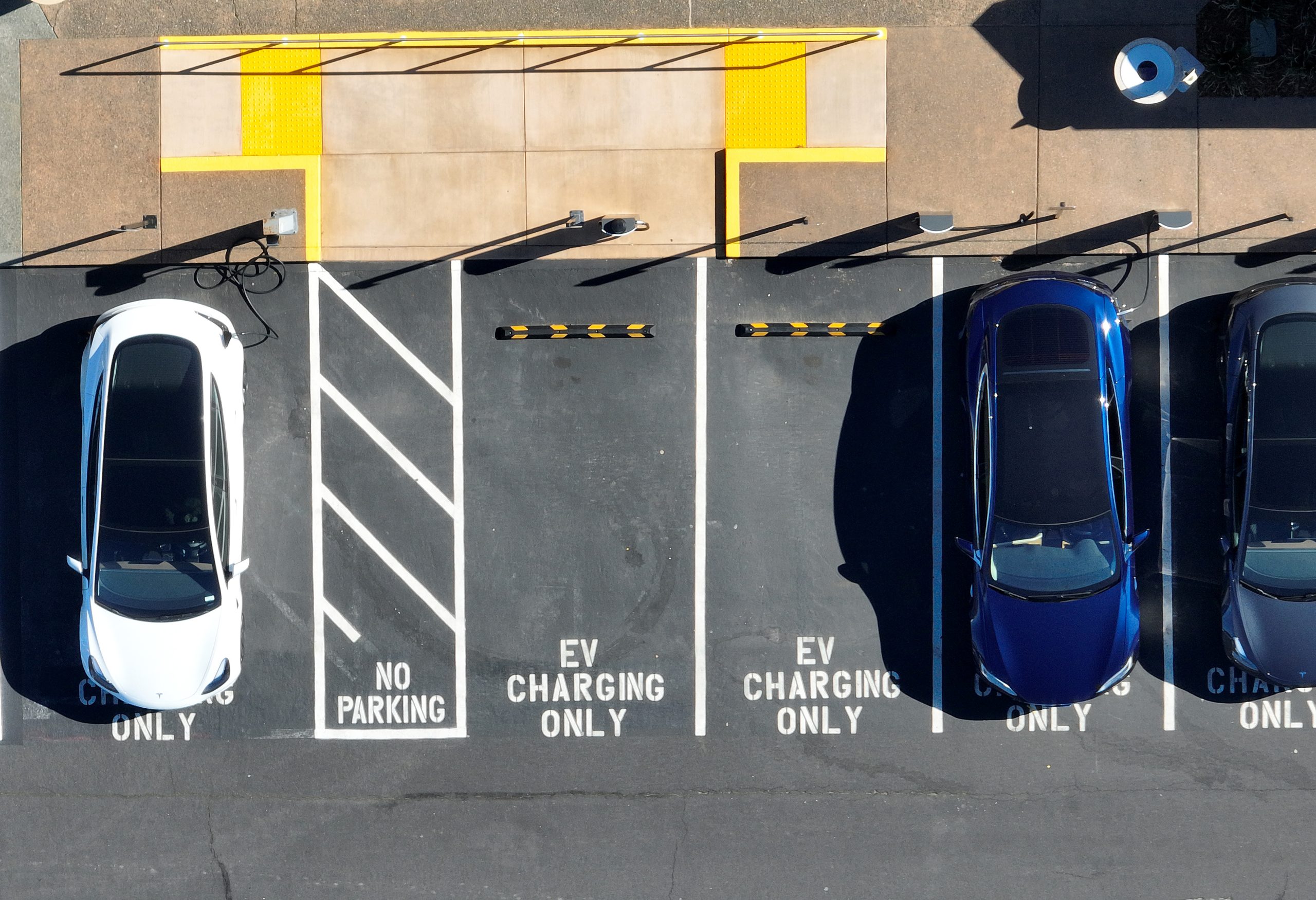This article is part of POLITICO’s Global Policy Lab: Living Cities, a collaborative journalism project exploring the future of cities. Chapter 3 of the project is presented by Holcim.
In the beginning, there was an ideal location — the river that made trade possible, the port that filled city coffers.
In the age of climate change, what once made a city prosper could make it unlivable.
Athens and Rome became key power centers thanks to easily defensible locations on verdant plains blessed with temperate weather. Amsterdam, Lisbon, Hamburg and Copenhagen used their coastal settings to dominate global commerce.
Geography made these cities a success, but as the planet warms, it’s also likely to spell their downfall.
Current projections show the international community is on track to miss the Paris Agreement goal of limiting global warming to 1.5 degrees Celsius, and that without more rapid efforts to cut greenhouse emissions created by burning fossil fuels, the world is likely to warm by between 2.6C and 2.9C by the end of the century.
That means cities will face extreme heat, flooding, hurricanes and fires — and more long-term, severe droughts and sea-level rise, depending on their location.
But despite evidence that these potentially catastrophic climate impacts are unavoidable, few political leaders are doing anything to seriously address what may be coming just a few decades down the line.
“Most cities’ current location will simply not be viable in a multi-century timeframe,” said Benjamin Strauss, chief scientist at research group Climate Central. “For some of them that could even happen in this century.”
Going under
The Netherlands knows what it means to face disastrous floods: In 1953, over 2,000 people died as a result of the storm surge in the North Sea.
Politicians have since overseen the construction of massive dams and dykes to protect citizens from the sea. But current projections of the water-level increases expected as a result of global warming mean these coastal defenses may soon be rendered useless.
The East-Schelde barrier — the largest storm-surge barrier in the country — for example, was “designed to last for 200 years with the expectation that the sea-level rise would be of less than half a meter,” said Michiel van den Broeke, professor of polar meteorology and researcher at the University of Utrecht’s Institute for Marine and Atmospheric Research.” And we already know that, whatever happens, we’re going to exceed that limit in the coming century.”
Part of the difficulty in designing systems to protect threatened cities is that while there’s little doubt that water levels will rise, it’s still unclear how quickly that will happen.
“Imagine a dump truck pulled up in front of your office and released a truckload of ice on the street,” said Strauss from Climate Central. Although it’s possible to estimate how much water will be released when it melts, “the real challenge” is figuring out how quickly it will melt.
But if the world warms by 3C, multi-century projections foresee sea-levels rising by up to 6 meters.
That would wipe out cities like Amsterdam, The Hague and Rotterdam. It would also likely spell doom for the North Sea ports of Bremen, Hamburg and Copenhagen. In the Mediterranean, already waterlogged Venice and Ravenna would be wiped out, and even major metropolises like Barcelona and Marseille would see entire neighborhoods lost to the water.
“A top Dutch water expert once told me that while 1 meter of sea-level rise is an interesting problem for an engineer, 2 meters is a problem for the prime minister,” said Strauss from Climate Central. “But 5 meters? No one has studied how to defend against that, and while we’re not expecting that challenge this century we could easily face it in the long term.”
Broiling heat
While the existential threat posed by rising sea-levels may still be decades — if not centuries — away, extreme heat is already putting some of Europe’s cities in jeopardy.
“Heat waves are already the most direct and dominant factor of mortality, far outweighing floods and storms,” said Wolfgang Cramer, research director at the Mediterranean Institute for Biodiversity and Ecology and lead author for the United Nations’ Intergovernmental Panel on Climate Change’s latest report.
Eleni Myrivili, the U.N.’s newly appointed global chief heat officer, said that some parts of Europe are headed for a future where “we won’t be talking about summers with several bad heat waves, but rather seasons made up of long, unbroken periods of unbearable heat.”
Under current projections for global warming, urban life starts to “look much more grim,” said Jos Lelieveld, director of the Atmospheric Chemistry Department at the Max Planck Institute for Chemistry and head of the Environmental Prediction Department at the Cyprus Institute’s Climate and Atmosphere Research Center. At 3C of warming, some cities would “have a major challenge in providing habitable conditions for their populations.”
Food and water scarcity is also likely to threaten the survival of some cities.
“Cities are dependent on the resources that come from the countryside,” said Jaime Martínez Valderrama, a researcher at Spain’s CSiC Arid Zone Experimental Station. “Desertification and the extreme weather events that are already causing crop failures are going to make supplying food to cities more difficult.”
Higher temperatures and longer droughts mean cities would also struggle to secure access to water, he said. While coastal cities may be able to use desalination plants to address that challenge, he warned that “technology won’t be able to solve all of our problems.”
“These solutions are already tremendously costly now,” he said. “Water is going to become more and more expensive, which means living is going to be more expensive in places where it is in short supply.”
The impact of inadequate water supply is already evident in cities in arid regions of southern European countries where population numbers have been steadily declining for decades, he added.
“We’re heading toward a future in which parts of Spain could feel like Saudi Arabia in 10 or 15 years. Cities exist over there, but at an immense cost, one that it’s not clear we’ll be able to afford.”
This must (not) be the place
Although the possibility of cities surrounded by deserts or swallowed by water is not unthinkable, it’s not something that receives much mainstream political debate.
The University of Utrecht’s Van den Broeke said the Netherlands has long struggled with acknowledging the existential threat posed by climate change, and that while options were now being analyzed at a technical level, public leaders weren’t eager to talk about the radical measures that might need to be taken.
“This is an issue with developments that will stretch over decades,” said Van den Broeke. “Maybe that’s why politicians aren’t discussing it on a daily basis.”
Local and national leaders may be reluctant to touch the subject because none of the solutions are easy — and the prospect of preemptively moving a city is almost too complex to contemplate, said Pierre Purseigle, a historian specialized in urban catastrophes and disasters at the University of Warwick.
“Rome, Athens and Madrid are going to be increasingly hard to operate for large parts of the year,” he said. “Those places concentrate political authorities, bureaucrats, lobbyists, journalists, people who provide services to them and others who just want to enjoy a particular quality of urban life … Getting those populations to go elsewhere is difficult.”
Purseigle pointed out that after an earthquake devastated Lisbon in 1755, no one seriously considered relocating the city, despite the fact that it sits in a seismic zone. “Even in places like Athens, which is likely to fail fairly soon, there will be a reluctance to leave because that would be an existential question for both the city and the state,” he said.
Some Europeans are already leaving neighborhoods exposed to devastating climate impacts. In Olbia, Italy, around 2,000 people have moved away from parts of the city that are vulnerable to extreme flood events like those registered in 2013.
In Spain, desertification expert Martínez said that he knew of many families that had given up on ever-warmer cities in the south and moved to more temperate municipalities on the northern coast. “We blame a lot of things on geopolitical factors, but climate change or environmental degradation is often an underlying issue,” he said.
Johan Verlinde, who has managed Rotterdam’s Climate Adaptation Plan since 2019, said his city is conscious it will have to make tough choices in coming years.
“Political terms last four years, so we never really look at problems that are 10 or 20 years ahead,” he admitted. “Right now we don’t see the need to move people out of unsafe neighborhoods but in 40, 50, 60 years, that will be a problem.”
The crisis is prompting soul-searching at the local level. “Will we continue to renovate [the most exposed neighborhoods]? Or will we take drastic solutions, move people out and make room for the water?” Verlinde asked. “We still don’t know whether that should happen, but we need to start talking about it now.”
This article is part of POLITICO’s Global Policy Lab: Living Cities. Chapter 3 of the project is presented by Holcim. The article is produced with full editorial independence by POLITICO reporters and editors. Learn more about editorial content presented by outside advertisers. You can sign up for Living Cities here.




